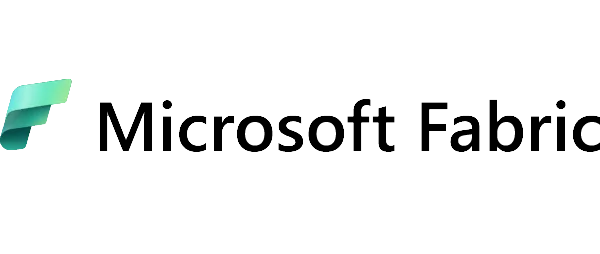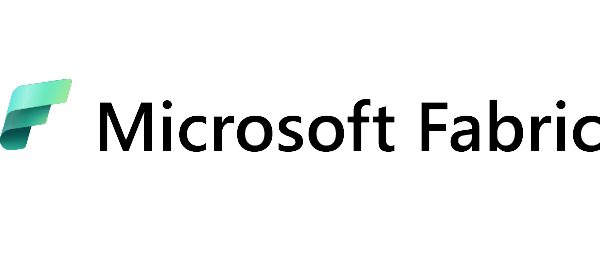
Microsoft Fabric is a state-of-the-art data analytics platform that integrates various analytics tools and data management solutions into a single, cohesive ecosystem. To successfully implement Microsoft Fabric in an organisation, best practices are required to ensure cost optimisation, efficiency and compliance with security policies. In this article, we will discuss the key aspects to look out for when implementing Microsoft Fabric.
1. Assessment of the organisation’s readiness
Before starting a Microsoft Fabric implementation, it is worth conducting a detailed assessment of your organisation’s readiness for the modern data environment. Key questions to ask are:
- Does the technical infrastructure support the requirements of the Microsoft Fabric platform?
- Does the team have the right competences to manage the platform tools effectively?
- What are the business needs for data analytics, and how do they relate to the capabilities offered by MS Fabric?
A proper analysis identifies gaps in competencies, infrastructure and processes that need improvement before implementation.
2. Data management and governance
One of the key aspects of implementing Microsoft Fabric is proper data governance. The platform offers advanced Data Governance features. However, organisations need to implement their own clearly defined data governance policies. Consideration should be given to:
- Defining roles and permissions: it is necessary to establish who in the organisation has access to what data and what operations they can perform on it. Microsoft Fabric allows the precise assignment of roles and permissions to prevent unauthorised access.
- Cataloguing and metadata: it is worth using the data cataloguing capabilities available in MS Fabric to better organise datasets and make them easier to find.
- Regulatory compliance: ensure that the data stored and processed in Microsoft Fabric is compliant with applicable laws, such as GDPR or CCPA.
3. Cost and resource optimisation
One of the challenges of deploying advanced data analytics platforms is managing costs. Microsoft Fabric offers a subscription model that can significantly reduce costs compared to traditional on-premise solutions. However, without the right strategy, costs can rise. To prevent this, you need to:
- Monitor resource consumption: Regular monitoring of resource consumption allows efficiency to be optimised and costs to be controlled.
- Planning for scalability: Implementing a data analytics platform should be in line with business needs. Therefore, it is worth planning to scale resources according to actual requirements to avoid excessive costs.
- Automate operations: The use of automation mechanisms offered by Microsoft Fabric, such as dynamic scaling of resources to adapt the environment to current needs flexibly, is key.
4.Integration into existing systems
Microsoft Fabric offers rich integration capabilities with other Microsoft solutions such as Azure, Power BI, Dynamics 365, as well as external systems through APIs and connectors. During implementation, attention should be paid to:
- Analysis of existing architecture: It is essential to identify the key systems that need to be integrated with Microsoft Fabric. It is also important to determine how data will flow between systems and what analytical tools will be used.
- Data aggregation: With Fabric, data from different sources can be aggregated into a single, coherent structure, making it easier to analyse. However, the ETL (extract, transform, load) process should be taken care of so that the data is properly prepared for further analysis.
- Business continuity: during integration, it is vital to ensure the business continuity of existing systems. To this end, it is advisable to plan the implementation in stages and test each integration step to minimise the risk of failure.
5. Performance and safety management
Microsoft Fabric allows you to manage application performance and security. However, each organisation must implement its own practices to ensure business continuity and data protection. Key aspects include:
- Data security: Microsoft Fabric has built-in data protection mechanisms such as encryption, but it is also worth implementing internal security policies to protect data from other threats.
- Performance monitoring: it is worth using the tools available in Microsoft Fabric to monitor performance and react quickly to potential problems. For example, you can use alert mechanisms to notify the team of unusual system behaviour.
- Disaster recovery: A disaster recovery plan should include backup and restore procedures in the event of a disaster. Microsoft Fabric offers replication and backup mechanisms that should be configured according to the requirements of the organisation.
6. Team training and adoption
Any technology implementation requires team engagement and an understanding of how to use the new tool. A key element in the success of a Microsoft Fabric implementation is proper training of the team:
- Technical training: IT and analytics teams need to be properly trained to manage the platform and realise its full potential.
- End-user adoption: it is important to ensure that the business users who will be using the analytical tools have adequate support and training.
- User support: providing ongoing technical support and access to educational material to help the team use the new tools effectively is also very important.
Summary
Microsoft Fabric is a powerful data management and business analytics tool that requires the right implementation approach to benefit. Implementation best practices include assessing the organisation’s readiness, managing data, optimising costs, integrating with existing systems, managing performance and security, and training the team. Implementing Microsoft Fabric according to these principles will allow for better data control, optimised business processes and effective data analysis.



